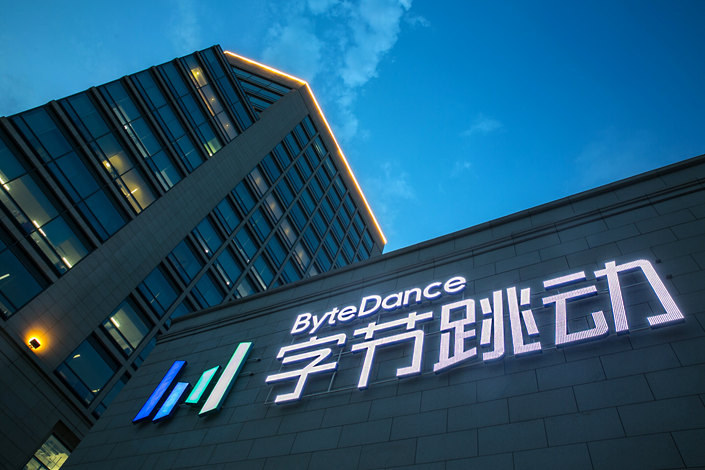
- Bitcoin mining difficulty set to drop by as much as a third on Friday in response to substantial shutdown of mining facilities in China
- Trading strategies that rely on Bitcoin hash rate to determine which are the cryptocurrencies that miners are keen to mine will have factored in the unprecedented drop off in China’s Bitcoin mining activity, but longer term bodes well for the longevity and resilience of the Bitcoin blockchain
Bitcoin just got easier, not necessarily buying Bitcoin of course, but the mathematical puzzle that secures the Bitcoin blockchain and receiving some of that sweet, sweet Bitcoin block reward for your mining efforts.
And this Friday, the roughly biweekly adjustment in Bitcoin’s difficulty level for processing blocks of transactions will see a major shift unlike any seen prior, primarily due to China’s evisceration of Bitcoin miners in the Middle Kingdom.
For the crypto-curious, the mining difficulty dictates how much computing power is needed to solve a complex mathematical puzzle that determines which miner gets the block reward (Bitcoin) for securing the Bitcoin blockchain.
As more Bitcoin miners get in the game, the puzzle becomes more difficult and as less miners participate, it becomes easier to ensure a target rate of one block (confirmation of transactions) occurring every 10 minutes or so.
Based on current estimates according to the online Bitcoin Difficulty Estimator, the mining difficulty is expected to fall by as much as third, as more Bitcoin miners go offline in China.
In the past, a falloff in Bitcoin computing power, known as hash rate, was viewed by traders as a sign that miners are no longer mining Bitcoin, and looking to other cryptocurrencies for better returns, resulting in Bitcoin price weakness.
This time however, most traders are well aware that the sharp drop off in Bitcoin’s hash rate has been driven primarily by China’s crackdown on cryptocurrency mining, in line with the centenary celebration of the founding of the Chinese Communist Party.
As Beijing has rolled out its digital yuan program as a pilot, which now looks set to be extended beyond the pilot phase, tolerance for cryptocurrency activities within China has dramatically decreased.
In 2017, initial coin offerings or ICOs were banned and shortly thereafter cryptocurrency exchanges were banned as well.
However, China showed some degree of tolerance for Bitcoin mining activities, primarily because major mining equipment manufacturers and designers such as Bitmain and Canaan were Chinese companies, providing plenty of high-quality jobs and technological innovation in the space.
Bitmain, perhaps sensing the climate, very quickly emphasized that its mining machines could be repurposed for other applications, such as artificial intelligence, although their actual use in such roles has been more of a public relations exercise than anything else.
With Chinese Bitcoin miners pulling the plug on their machines and moving offshore, Bitcoin’s overall hash rate has plummeted, with the time needed to confirm a fresh block extending to as long as 20 minutes.
As the current Bitcoin mining difficulty level was set before Bitcoin mining was shut off in China, processing times have doubled, as over a third of hash rate was taken off.
By design, Bitcoin automatically revises its mining difficulty every 2,016 blocks, or approximately once a fortnight, to ensure that blocks are confirmed roughly once every 10 minutes.
However, the recent drop off in Bitcoin mining hash rate has been unprecedented, creating a window of opportunity for even casual miners using souped-up gaming computers, as the mining difficulty is set to plummet.
How much Bitcoin is actually mined in China is unclear, with the University of Cambridge estimating as of April 2020, that some 65% of Bitcoin mining was based in the Middle Kingdom, while other estimates put the figure as high as 75%.
In any event, the concentration of so much mining capability in one country always posed a risk for the Bitcoin blockchain, especially as it could potentially tempt a government (without mentioning any government specifically) to mount its own 51% attack on the Bitcoin blockchain and taking it down in one fell swoop without having to expend the economic cost of developing mining capacity.
That risk is now being reduced as Bitcoin mining spreads offshore and potentially to other jurisdictions which might not necessarily come down on the decentralized cryptocurrency with an iron fist, and bodes well for the integrity and longevity of Bitcoin.



